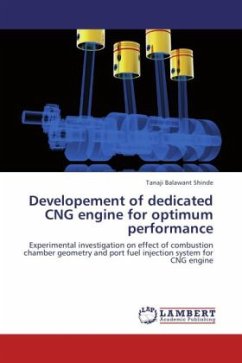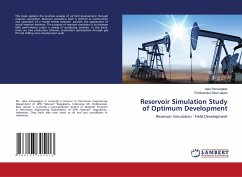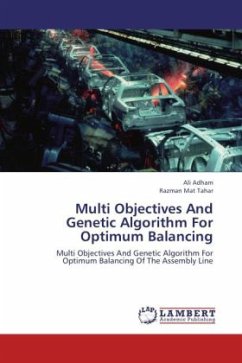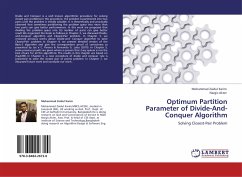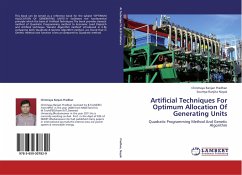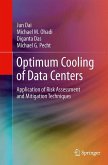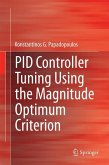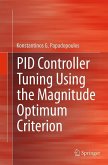Diesel engines are invariably used in transportation and agricultural applications. It is a versatile prime mover due to its high fuel efficiency, low fuel cost and high reliability. But due to large scale use of diesel fuel, the smoke in the diesel exhaust and gaseous emissions are subjected to stringent legislation. To overcome the difficulty, research has led to development of various alternative fuels. Among the alternative fuels, gaseous fuels are preferred as they do not pose the problem of atomization. Recently, interest has grown in the natural gas and thus, compressed natural gas (CNG) has become important viable alternative fuel. There are four methods to inject the CNG into the engine cylinder, such as gas mixer/carburetor injection, manifold injection, port injection and direct injection. In port injection CNG engines, gaseous fuel is injected by fuel injector through intake port into combustion chamber.This project work presents improvement for air-fuel mixing in thecombustion chamber by the use of pressurized flow of CNG inside the cylinder with the help of port fuel injection through intake port and selecting sutaible combustion chamber geometry.
Bitte wählen Sie Ihr Anliegen aus.
Rechnungen
Retourenschein anfordern
Bestellstatus
Storno

